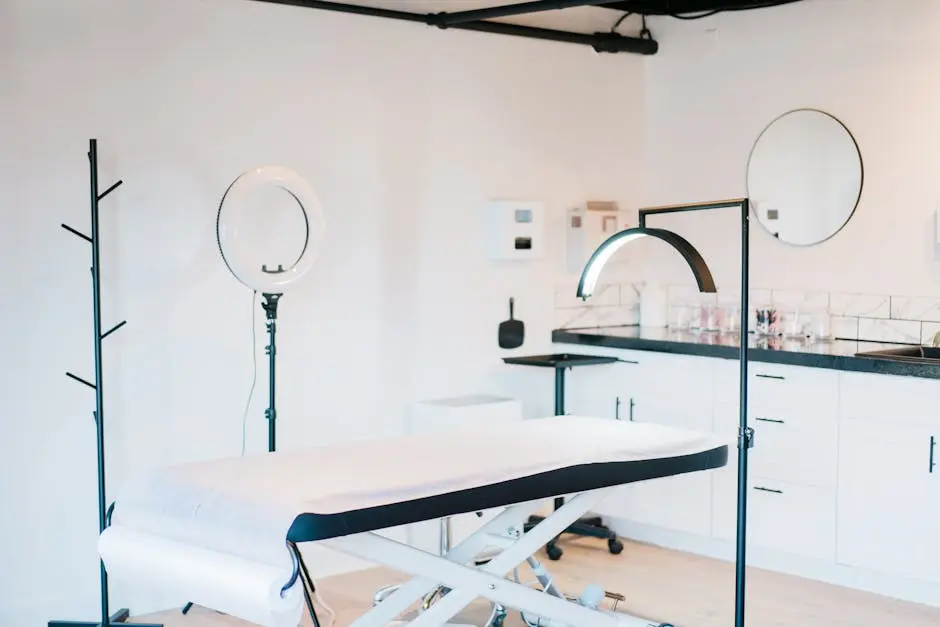Is Full Body Red Light Therapy Suitable for All Skin Types?
Red light therapy has gained popularity for its potential benefits to skin health and overall wellness. But with different skin types, it's important to understand how this therapy works for each individual. Let's dive into whether full body red light therapy is a universal solution for all skin types.
Understanding Full Body Red Light Therapy
Full body red light therapy involves exposing the skin to low-level wavelengths of red light. It's known for promoting cell regeneration, reducing inflammation, and improving skin texture and appearance. But, is it suitable for everyone?
The idea of full body exposure might sound daunting, but it's actually a very gentle and non-invasive procedure. Many people experience enhanced circulation and a boost in collagen production, which leads to healthier and rejuvenated skin appearance. Red light therapy is grounded in scientific research supporting its ability to stimulate cellular energy and function, which is why it has gained admiration from both the wellness and scientific communities.
But how does it work, exactly? The wavelengths of red light penetrate the skin to a depth of about 8 to 10 millimeters. It's here that they stimulate the dermal layer, activating natural healing processes and encouraging a healthy inflammatory response. This is integral for skin repair, whether you're seeking solutions for aging skin, acne scars, or simply maintenance of a youthful glow.
How Does Skin Type Affect Treatment?
Different skin types react differently to treatments. For example, sensitive skin may require shorter sessions, while oily or thicker skin might benefit from longer exposure. Understanding your skin type helps determine the appropriate therapy protocol.
Sensitive skin, often prone to irritation and redness, may find red light therapy an appealing option due to its non-abrasive nature. It's crucial, however, to start with shorter sessions to assess the skin's tolerance to the light's calming effects. Over time, and with further sessions, your skin may adjust and require longer exposures for optimal results.
For those with combination or oily skin, managing excess sebum and minimizing pore size might be a priority. Red light therapy can help balance oil production and soothe inflamed areas, ultimately leading to clearer complexion and reduced acne breakouts More on acne treatment.
Potential Benefits for Various Skin Types
Red light therapy can improve skin elasticity, reduce wrinkles, and aid in acne treatment, offering potential benefits across different skin types. However, benefits can vary widely based on individual skin conditions.
For mature skin, in particular, the therapy might help diminish the appearance of fine lines and wrinkles. This rejuvenating effect occurs because the red light encourages the natural production of collagen, a protein essential for maintaining skin's firmness and elasticity Collagen benefits.
Interestingly, red light therapy not only targets skin surface issues but has also been shown to provide relief for deeper tissue conditions like joint pain. This makes it a multifaceted treatment option that could align with various wellness goals beyond just skincare.
Even for those with eczema or psoriasis, red light offers an intriguing option, as it helps alleviate inflammation and reduce symptom severity over time. By continually soothing the skin, the light therapy potentially reduces flare-ups and related discomfort.
Precautions and Considerations
Before starting therapy, it's important to consult with a dermatologist or healthcare provider. They can help identify any underlying skin issues and recommend appropriate usage guidelines tailored to your skin type.
Given its notoriety for healing and rejuvenation, it might be tempting to dive headfirst into red light therapy. However, preparation and professional guidance are key to safe and effective treatments. The intensity and frequency of sessions should be customized to your skin's unique needs and sensitivities Read more on ideal therapy practices for sensitive skin.
Aside from consulting with professionals, always ensure that the equipment used complies with industry safety standards. Verify device authenticity through reviews and certifications before use to avoid potential skin damage or ineffectiveness.
Lastly, remember to monitor your skin’s response to treatments. Keep a journal of any noticeable changes in skin texture, tone, or adverse reactions, which will be beneficial in discussions with your healthcare provider.
Conclusion
While full body red light therapy offers promising benefits, it is crucial to consider individual skin types and conditions. Consultation with a healthcare professional is recommended to tailor the therapy for optimal results. Ultimately, understanding your skin’s unique needs ensures that the treatment you choose is both safe and effective. To explore options and learn more about how you could integrate this therapy into your skincare routine, visit our homepage.
